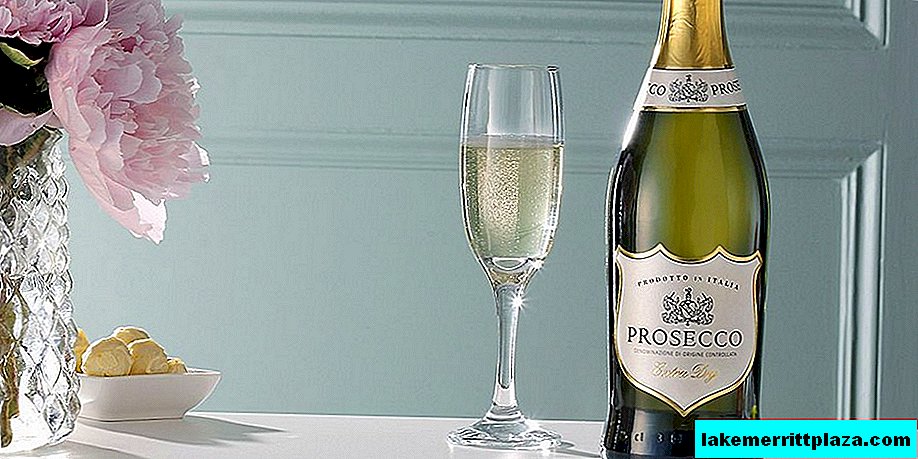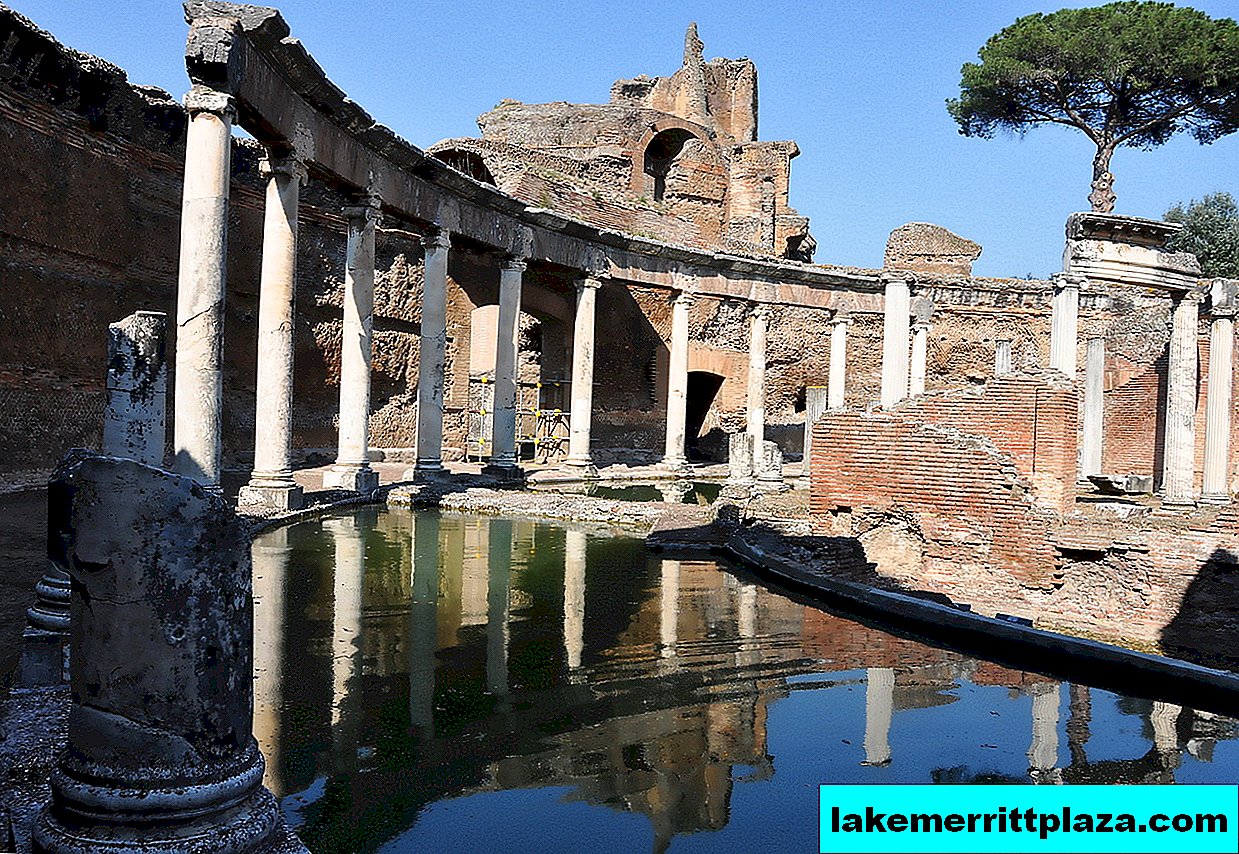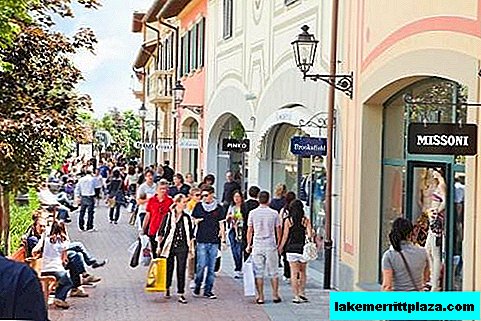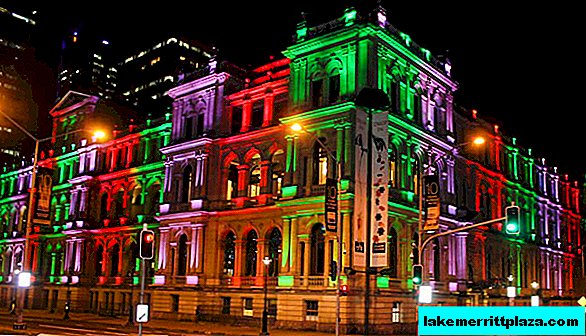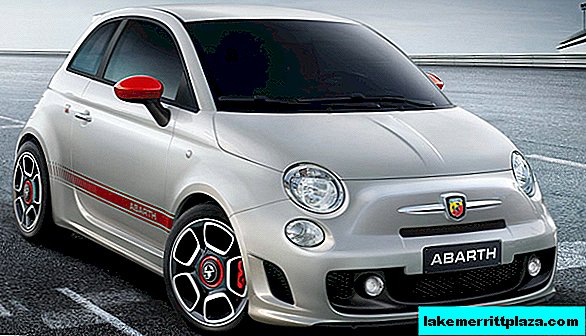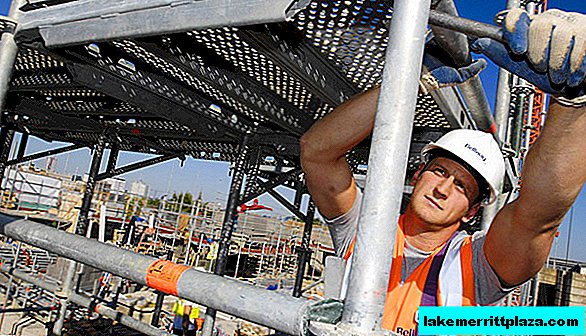The competition was attended by children from all over Italy. Soon, the names of the remaining ten characters-mascots of the Milan Expo will be announced.
The contest, launched in December last year by the organizers, has ended Expo 2015 Milan. All Italian children were tasked with coming up with names for the characters (vegetables and fruits) that make up the face of the main mascot of the 2015 world exhibition. Giuseppe Sala, Executive Director of Expo 2015, announced the end of the competition on Friday evening, during a presentation on the International Tourism Exchange.
Garlic
The competition was won by 34 children, who, according to Sala, "are representatives of all corners of Italy, from Trieste to Agrigento." Character names will be announced after all the necessary control procedures have been completed. To date, Sala has presented only the name “Garlic”, which is the “nose” of the main mascot of the exhibition: he will be called “Gualò”. (Guagliò. In Italian, aglio is garlic, and guaglione is a boy, a boy. Thus, a kind of pun is obtained).
Eleven characters
The mascot of Expo 2015 was developed by Disney-Italy, which won a large-scale competition, and consists of eleven characters that make up the "Fruit Family". It is with their help that the main theme of the exhibition will be revealed: "Feed the Planet. Energy for Life". In addition to garlic, the mascot developers presented to the public: banana, watermelon, pomegranate, apple, mango, orange, pear, figs, radish and blue corn. Growing in different parts of the world, from China to Brazil and Ancient Egypt, these fruits and vegetables will gather on one table. In addition, together they will unite in the image of the main mascot of the exhibition, to which the children also came up with a name.
Merchandising
The estimated turnover from the sale of various souvenirs is expected from 100 to 150 million euros, of which only 5% will go Expo.
The possibilities of using the mascot are huge: from clothing to school supplies and stationery, as well as various mugs, toys and any food-related products. Moreover, 11 characters are simply asking for a full-fledged cartoon with their participation. Sale of souvenirs will begin on Christmas 2014 and will continue throughout the entire period of Expo 2015.

